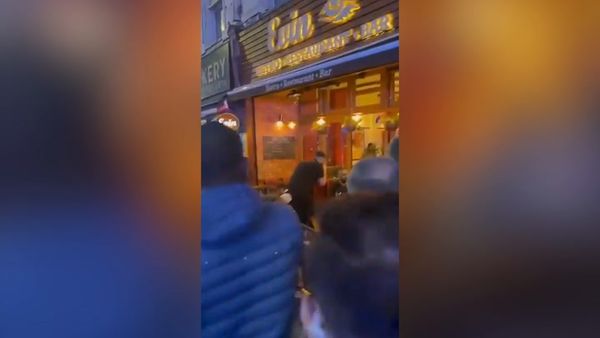Statistical inaccuracies only complicate attempts to predict election results. This became clear in Tamil Nadu after polling ended in all the 39 parliamentary constituencies on April 19. This time, Tamil Nadu is witnessing a four-cornered contest. Prime Minister Narendra Modi has made several visits to the State from late February to give a push to State BJP president K. Annamalai’s first attempt to head the NDA in the State and directly challenge the DMK and AIADMK fronts.
On the evening of April 19, the political discourse was dominated by various interpretations of voter turnouts. Right-wing supporters and some anchors of television news channels headquartered in Delhi and Mumbai animatedly discussed the likely reasons for, and implications of, an “increased” voter turnout in certain constituencies.
The trigger for the excitement and the inference that Mr. Modi and Mr. Annamalai had managed to attract a far greater number of voters to the polling booths was the initial voter turnout data shared by the Chief Electoral Officer, Satyabrata Sahoo. While as per the 7 p.m. data shared by him, the overall polling percentage was 72.09, only marginally lower than the 2019 voter turnout of 72.47%, there was a sharp jump in polling in certain constituencies where star candidates had stood for elections. Of particular interest to the anchors was Coimbatore, an economically developed but communally sensitive constituency, where Mr. Annamalai was in the fray. As per the data, the constituency had “polled” 71.17% votes as opposed to 63.84% five years ago. Likewise, the three constituencies in Chennai had all recorded turnouts of more than 67%, an unusual achievement that was not seen even during some swing elections. In Chennai South, the BJP had fielded former Telangana Governor, Tamilisai Soundararajan. Supporters of the BJP, and the anchors, lost no time in declaring that the Modi-Annamalai factor was at work here. Some of them even went as far as to predict victories of the BJP candidates with record margins.
On the other hand, Mr. Annamalai and Chennai Central candidate Vinoj P. Selvam sent out different signals from the ground when they complained that the names of 1 lakh voters, who they believed were “BJP supporters”, were deleted from the electoral rolls in their respective constituencies. Their remarks were inferred by the BJP’s critics as a form of “anticipatory bail out”.
However, the euphoria over the data was short-lived. Amid conflicting constituency-level reports on actual voter turnouts, Mr. Sahoo made a baffling announcement. He said, “The data we have obtained and shared are approximates based on sample data obtained from the polling station.” By midnight, new data released by the Election Commission of India (ECI) showed that not only was the overall voter turnout lower compared to 2019, but also that the polling percentage in Coimbatore and the three Chennai constituencies were not dramatically different from the previous election. The overall voter turnout stood at 69.72%. It was 64.89% in Coimbatore, 60.11% in Chennai North, 54.17% in Chennai South, and 53.96% in Chennai Central. In nearly 30 seats, the polling percentage had dipped by at least two percentage points compared to the last election. In Chennai Central, it had dipped by over 5 points. Clearly, there was no “pull factor” on account of Mr. Modi’s eight public meetings or roadshows or Mr. Annamalai’s aggressive campaigning. Also, contrary to what was initially claimed, Chennai voters did not show an inclination to vote in greater numbers to collectively vent their frustration over the “mishandling” of the floods in December.
Polling data shared by the ECI on the day of voting has always been subject to revision. However, this time, the final numbers were significantly different compared to the first round of data. “The data which we get till 7 p.m. is based on inputs from polling stations obtained at our office. All the polling stations are not able to provide their data. Hence, that is like a sample of polling stations,” Mr. Sahoo said, explaining the variance.
If Mr. Sahoo had provided a disclaimer that the first round of data was “like a sample of polling stations,” perhaps the statistical interpreters may not have jumped the gun to give credit to the Modi-Annamalai factor and instead safely waited until June 4, the day of counting of votes, to make their inferences.







